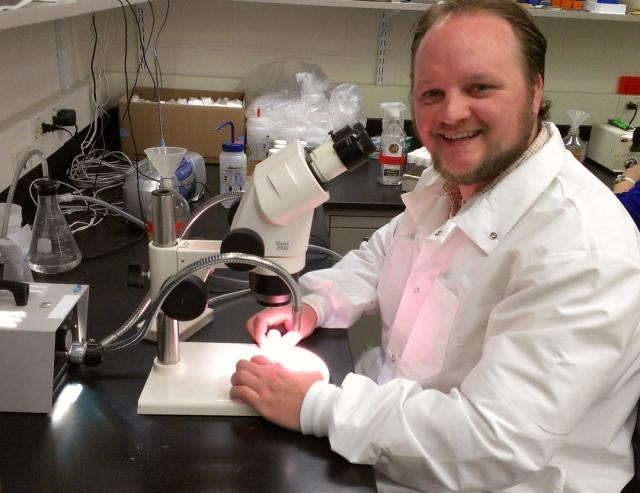Male Fertility: Size Does Matter When it Comes to Sperm

The age old question of does size matter appears to have been answered - yes - but only when discussing sperm.
Researchers at Brown University, in Rhode Island, have found sperm that is inconsistent in length is not as good as swimming as sperm that is the same size.
The study found that the greater the inconsistency in length - particularly the tail - the lower the concentration of sperm that can swim well.
This research offers an insight into a potential new marker in men's fertility problems.
Jim Mossman, lead author the study, said: "Our study reveals that men who produce higher concentrations of competent swimming sperm also demonstrate less variation in the size and shape of those sperm.
"It suggests that in some cases, testes are working more optimally to produce high numbers of consistently manufactured sperm, and vice versa."
The World Health Organisation considers characteristics of sperm, such as concentration and mortality, as important markers of fertility.

It is estimated that 3.5 million people in the UK have trouble conceiving, accounting for around one in six couples.
Up to one in five young men find they have a low sperm count; which is defined as fewer than 20 million sperm per millilitre of semen.
Mossman said: "The WHO suggests that measurements should be made on multiple components of sperm, but generally it's only the sperm head that is considered.
"No one's ever looked at this before across sperm components. What we show is that measurements on other sperm parts, such as the flagellum that propels the sperm, can provide additional information about the quality and consistency of sperm manufacture."
According to Mossman, this research could provide clinicians a new insight into the diagnosis and treatment of male fertility problems. "This could be an indirect marker of testis function," he said.
© Copyright IBTimes 2025. All rights reserved.






















